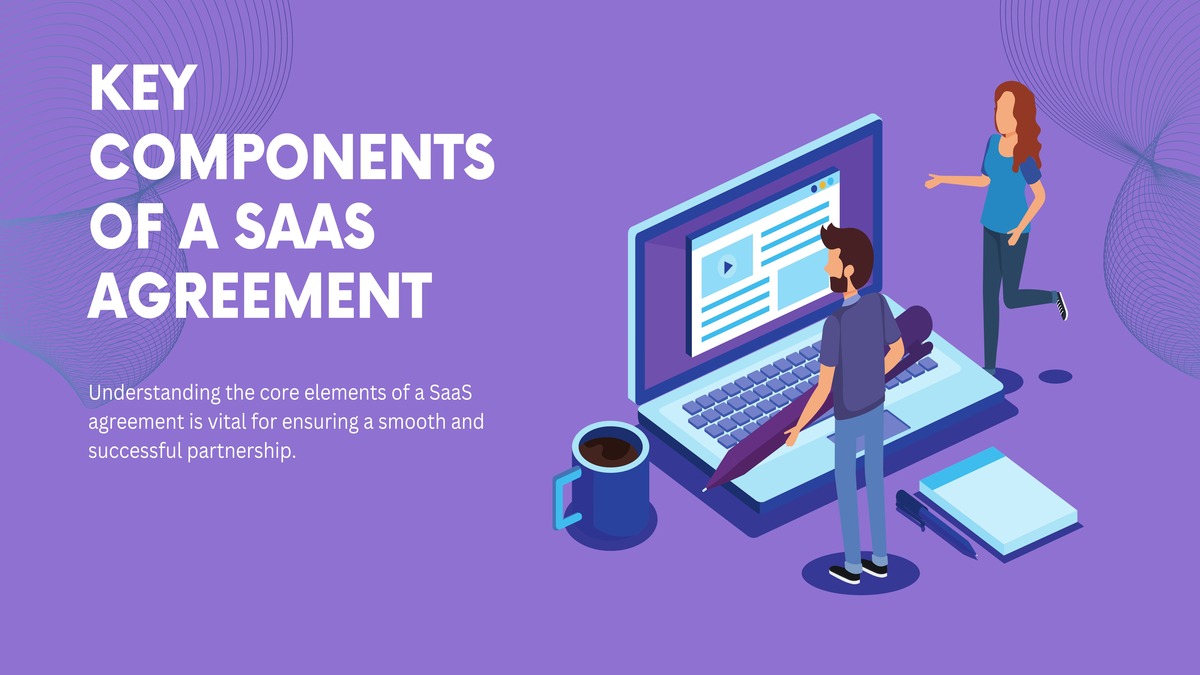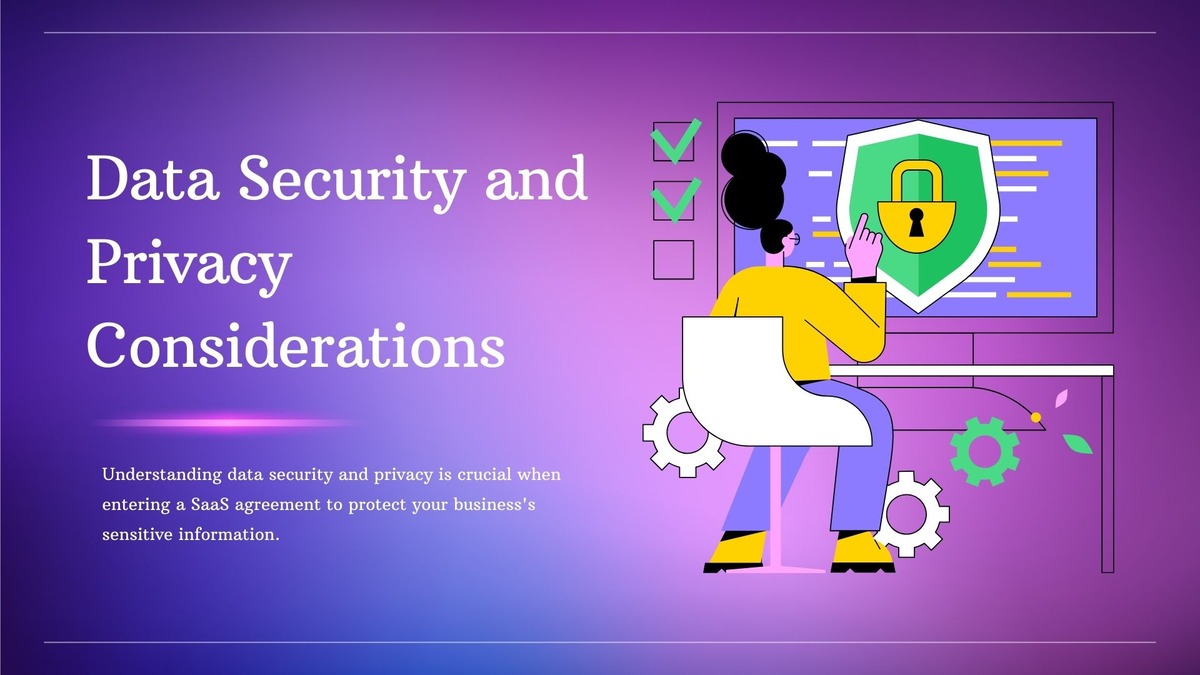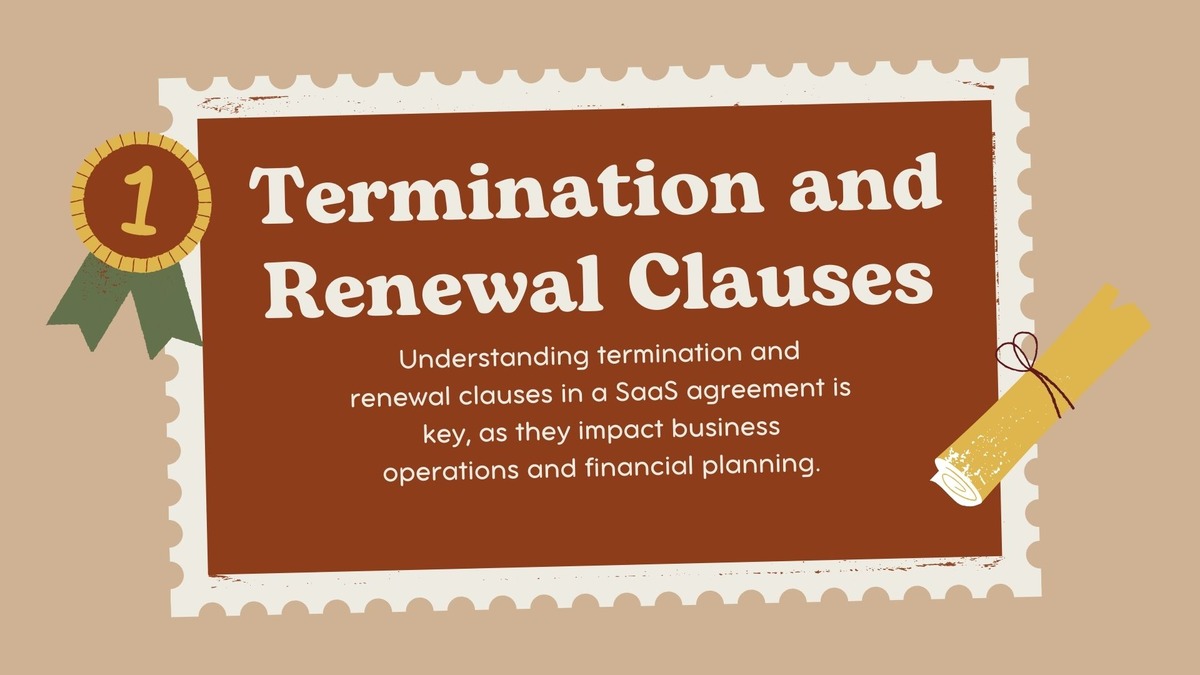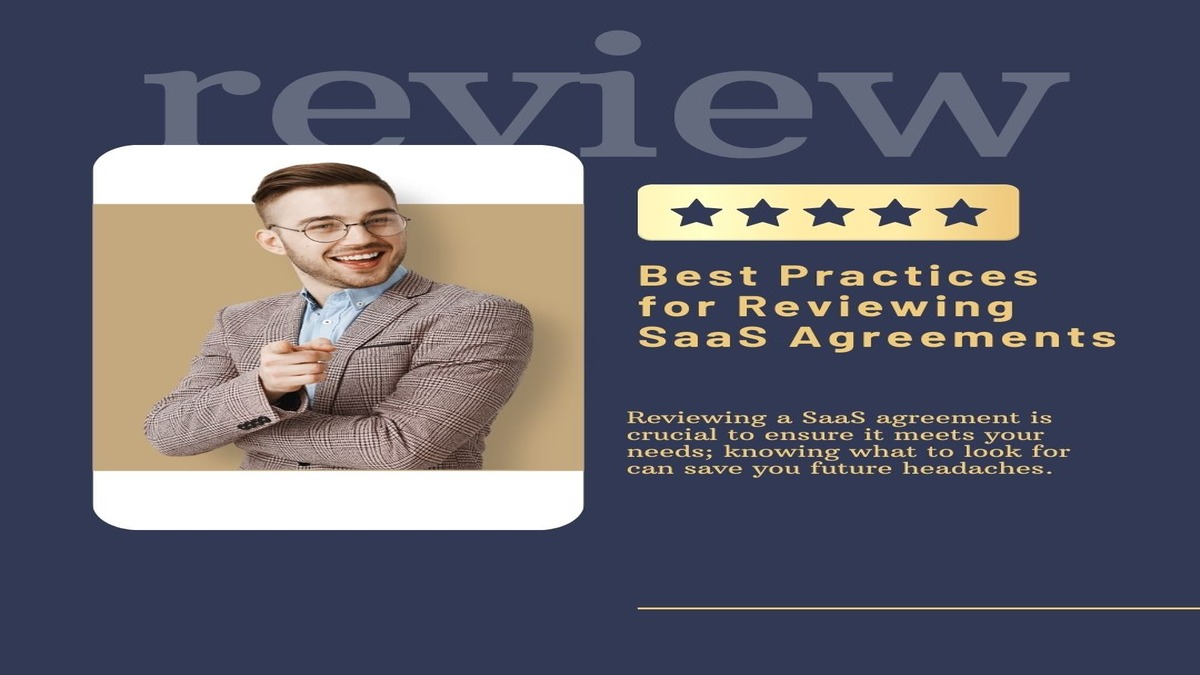A Software as a Service (SaaS) agreement is a contract that defines the terms under which a software provider delivers its cloud-based applications to users. This type of agreement is crucial for businesses and individuals who rely on third-party software solutions to meet their operational needs.
Understanding SaaS Agreements
In a SaaS model, software applications are hosted on the provider’s servers rather than being installed on a user’s local machines. Users access these applications via the internet, often through a web browser. This model offers numerous advantages, including cost savings, scalability, and ease of updates. However, it also introduces specific legal and operational challenges that must be adequately addressed in the agreement.
By defining the responsibilities, rights, and limitations of both the service provider and the customer, a SaaS agreement helps prevent misunderstandings and disputes. It covers various aspects such as subscription fees, service levels, data security, and user access. Understanding the intricacies of this contract is essential for anyone considering a SaaS solution, ensuring that expectations are clear and that both parties are protected.
In summary, a SaaS agreement is more than just a formality—it’s a vital element that lays the foundation for a successful partnership between software providers and users. By delving into the key components and stipulations of such contracts, one can make an informed decision, safeguarding their interests and optimizing their use of cloud-based services.
Key Components of a SaaS Agreement

When entering a Software as a Service (SaaS) agreement, understanding its core elements is essential for a smooth and successful partnership. Here are the key components you should focus on:
- Service Description: This section outlines what the SaaS product does, its features, functionality, and what you can expect in terms of service performance. It should be detailed enough to leave no ambiguities about the service you are investing in.
- Service Level Agreement (SLA): The SLA specifies performance metrics such as uptime, customer support response times, and issue resolution timelines. Knowing these can help you understand the service reliability and support you will receive.
- Usage Limits: SaaS agreements often define how much of the service you can use, such as the number of users, data storage limits, or API request quotas. Exceeding these limits can incur additional charges or impact service performance.
- Fees and Payment Terms: Clearly outlines the pricing model, whether it’s subscription-based, pay-per-use, or a combination. It should also detail payment schedules, invoicing procedures, and late payment penalties.
- Intellectual Property Rights: This section addresses who owns the software, any customizations, and the data generated or stored in the SaaS application. It’s crucial to understand these rights to avoid legal pitfalls.
- Confidentiality: Ensuring that sensitive business information remains secure is vital. Confidentiality clauses detail how your data will be protected and restrict both parties from disclosing proprietary information.
By paying close attention to these components, you can ensure that the SaaS agreement aligns with your business needs and provides a clear framework for the partnership.
Understanding Licensing and Service Access

Navigating the complexities of a Software as a Service (SaaS) agreement can be challenging, but understanding the licensing and service access terms is crucial for any business. These components define how your organization interacts with the software and what permissions you have.
-
Licensing:
Licensing typically refers to the rights granted to use the software. A common model is subscription-based licensing, where the user pays a recurring fee. This fee can vary based on the number of users, features, or the usage volume. Understanding the specifics of the licensing model helps you budget accurately and ensure you comply with the terms of use.
-
Service Access:
Service Access determines how users can access the software. With SaaS, the software is hosted on the provider’s servers and accessed through the internet. It’s essential to understand the service levels guaranteed by the provider. Look for details on uptime guarantees, typically outlined in a Service Level Agreement (SLA). This will inform you of the expected availability of the software and the provider’s commitment to maintaining it.
-
Assessing Access Restrictions:
Additionally, you should assess any restrictions on access. Some agreements might limit the number of concurrent users or restrict access from certain geographical locations. Being aware of these limitations helps prevent unexpected service interruptions.
These points are vital for ensuring that the SaaS solution aligns with your operational needs and that you remain in compliance with the agreement. By carefully reviewing and understanding the licensing and service access terms, you can avoid potential pitfalls and optimize your use of the software.
Data Security and Privacy Considerations

When entering into a SaaS (Software as a Service) agreement, understanding data security and privacy considerations is crucial. These elements ensure that your business’s sensitive information remains protected while using the software.
-
Data security:
Involves measures that safeguard your data from unauthorized access and breaches. When reviewing a SaaS agreement, confirm that the provider employs robust security protocols, such as encryption, firewalls, and secure authentication methods. The agreement should detail how your data is stored, transmitted, and protected against cyber threats. It’s also vital to check for regular security audits and compliance with recognized standards like ISO/IEC 27001 or SOC 2.
-
Privacy considerations:
Privacy Considerations focus on how your data is collected, used, and shared. The SaaS provider should outline their data handling practices, particularly if they collect personal or sensitive information. Look for clear policies on data ownership, ensuring that your business retains rights over its data. Assess the provider’s compliance with relevant privacy laws and regulations, such as the GDPR (General Data Protection Regulation) or CCPA (California Consumer Privacy Act), depending on your location and the nature of the data.
-
Data Breach Notifications:
Additionally, consider provisions related to data breach notifications. The agreement should specify how soon you will be informed in the event of a data breach and the steps the provider will take to mitigate any damage.
-
Proactive Approach to Security and Privacy:
By scrutinizing these aspects in a SaaS agreement, you can ensure that your data remains secure and your privacy rights are upheld, thereby protecting your business from potential risks and liabilities.
In summary, taking a proactive approach to data security and privacy in a SaaS agreement helps mitigate risks and fosters a trustworthy relationship with your software provider. Make sure these considerations are clearly outlined and agreed upon before finalizing any contract.
Termination and Renewal Clauses

Understanding the termination and renewal clauses within a SaaS agreement is crucial for both providers and subscribers. These clauses dictate how and when the agreement can end or be extended, which can significantly impact your business operations and financial planning.
-
Termination Clauses:
Termination clauses outline the conditions under which either party can exit the agreement. This can be for various reasons such as breach of terms, non-payment, or changes in service requirements. Some agreements provide for termination “for cause,” meaning the termination is due to a specific wrongdoing by one party. Others allow termination “for convenience,” which offers more flexibility, letting either party end the agreement without needing a specific reason. It’s important to understand the notice period required to terminate the agreement, as failing to provide sufficient notice could result in penalties or continued payment obligations.
-
Renewal Clauses:
Renewal clauses specify how the agreement can be extended beyond its initial term. Automatic renewals are common, where the contract is renewed for another term unless either party opts out within a specified window. This can be convenient but also risky if you’re not proactive about reviewing the terms before renewal. Be aware of any changes in pricing, service levels, or other terms upon renewal. Some agreements may also include an escalation clause, which allows for price increases upon each renewal.
-
Strategic Considerations:
To effectively manage SaaS agreements, diarize key dates related to renewal and termination. Regularly review the performance and relevance of the service to your business needs well before these dates. This way you can make informed decisions about continuing, renegotiating, or terminating the agreement without unnecessary costs or disruptions.
By paying close attention to termination and renewal clauses, you can ensure that your SaaS agreements remain beneficial and aligned with your business objectives.
Best Practices for Reviewing SaaS Agreements

Reviewing a Software as a Service (SaaS) agreement can be a daunting task, but it’s a critical step to ensure you’re getting what you need. Knowing what to look for can save you headaches down the road. Here are some best practices to guide you through the process.
- Understand the Service: First and foremost, understand the service you’re subscribing to. Read through the service description carefully to ensure it aligns with your business needs. Don’t hesitate to ask the provider for clarification if any part of the service seems vague.
- Review the Pricing Structure: Pay special attention to the pricing structure. SaaS agreements often come with a variety of pricing models, including per-user fees, usage-based fees, or flat rates. Make sure there are no hidden costs or unexpected charges that could affect your budget.
3. Prioritize Data Security and Privacy/; Data security and privacy are paramount. Ensure the agreement spells out how your data will be protected, including data encryption, storage, and transfer protocols. Check that the provider complies with relevant regulations like GDPR or CCPA. It’s essential to verify that you retain ownership of your data even if you terminate the service.
4. Examine Termination and Renewal Terms:Termination and renewal terms are also critical. Understand the conditions under which you can terminate the agreement and any penalties that might apply. Look for auto-renewal clauses and be aware of notice periods required to prevent unwanted renewals.
5. Assess Customer Support: Customer support is another vital component. Make sure the agreement includes details about the level of support you’ll receive, response times, and how to contact support.
6. Consult Legal and IT Experts: Finally, consult legal and IT experts before signing. Their insights can provide a layer of protection and ensure the agreement is in your best interests. By following these best practices, you can confidently review and sign SaaS agreements that serve your business well.
Read More: Top 10 Popular SaaS Marketing Blogs in 2024

